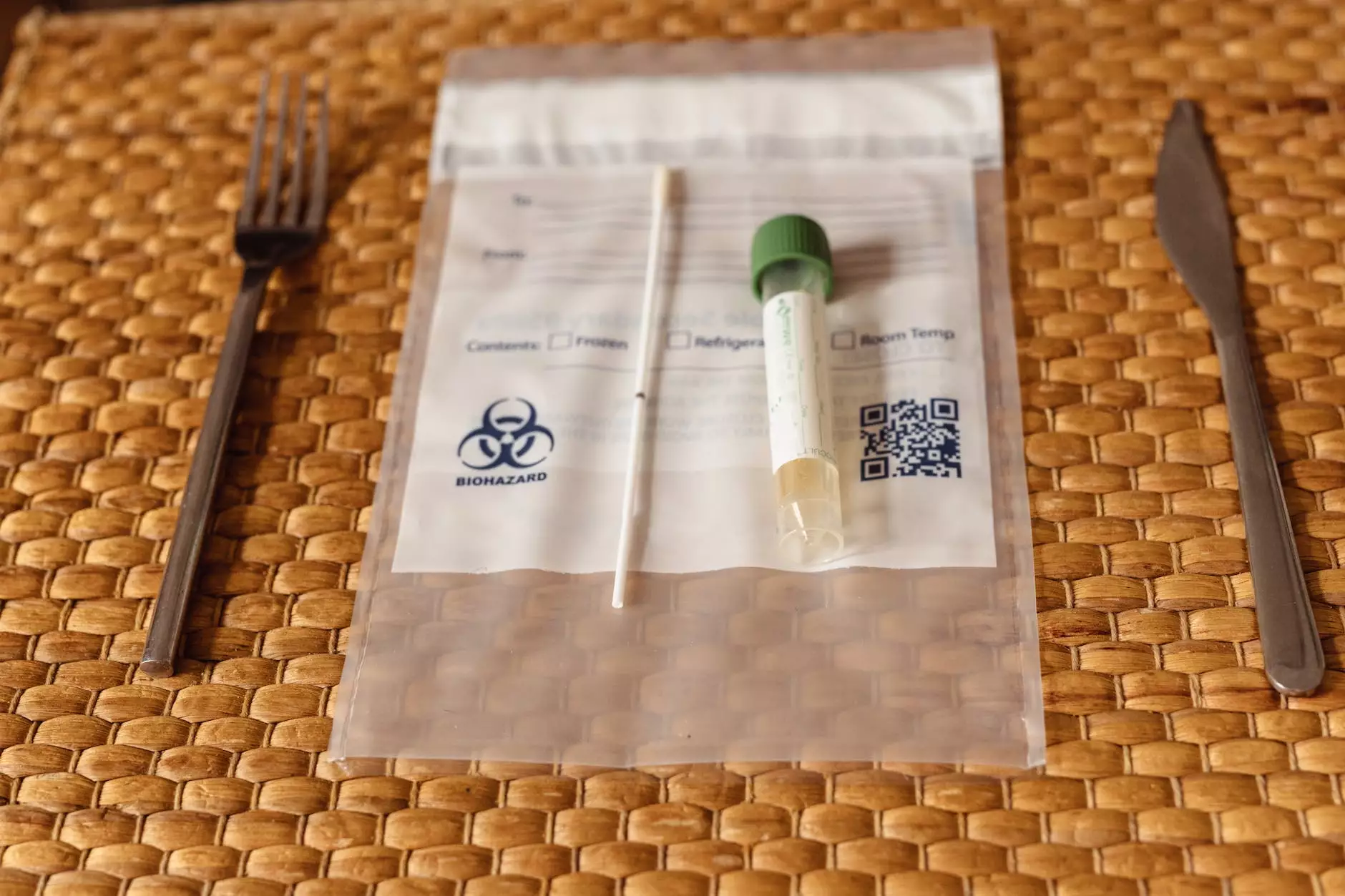What is this “CT” (Cycle threshold) count in COVID testing, and why is it important?
Health
Welcome to MUIR DIABLO OCCUPATIONAL MEDICINE's comprehensive guide to understanding the “CT” (Cycle threshold) count in COVID testing and its importance. In these difficult times, it is crucial to have accurate information about COVID testing and its associated terminologies. The CT count, also known as the Cycle threshold, is a crucial parameter used in COVID testing to determine the presence and viral load of the SARS-CoV-2 virus within an individual.
What is the CT count?
The CT count refers to the number of cycles needed for the COVID testing device to detect the presence of the viral genetic material (RNA) in a patient sample. It represents the amplification process by which the testing device multiplies the detected genetic material to a measurable level. The lower the CT count, the higher the viral load present in the sample, indicating a more active infection. Conversely, a higher CT count suggests a lower viral load or possible absence of the virus.
Why is the CT count important?
The CT count serves as an essential diagnostic parameter in COVID testing. It helps healthcare professionals determine whether an individual is infected with the SARS-CoV-2 virus and assess the severity of the infection. Additionally, the CT count assists in contact tracing efforts, evaluating the contagiousness of an individual, and monitoring the progression of the infection over time.
Interpreting CT count results
When analyzing CT count results, it is important to consider the specific testing methodology, as different tests may generate distinct CT values. Generally, a CT count below a certain threshold, such as 35 or 40, is indicative of a positive test result, confirming the presence of the virus. However, it is crucial to consult healthcare professionals or follow local health guidelines to make accurate interpretations.
Impact on COVID test accuracy
The CT count has a direct impact on the accuracy of COVID test results. Higher CT counts present challenges in detecting small viral loads accurately, which may result in false-negative results. In contrast, lower CT counts are more reliable for identifying individuals with a higher viral load and potential for transmission. It is important to note that CT values alone cannot determine the infectivity of an individual, and complementary clinical information should be considered for a comprehensive evaluation.
Factors influencing CT count
Several factors can influence the CT count obtained in COVID testing. These factors include the quality of the sample collected, the stage of the infection, the type of test used, and variations in laboratory protocols. Variations in CT counts can also occur if different targets or genes, such as the N gene or the E gene, are used for amplification during testing procedures.
Conclusion
In conclusion, understanding the “CT” (Cycle threshold) count in COVID testing is crucial in accurately diagnosing and monitoring infections caused by the SARS-CoV-2 virus. The CT count provides insights into the viral load present in a patient sample, aiding in proper patient management, contact tracing, and infection control measures. Healthcare professionals play a vital role in interpreting CT count results and using them alongside clinical information for effective decision-making. Stay informed, stay safe!










